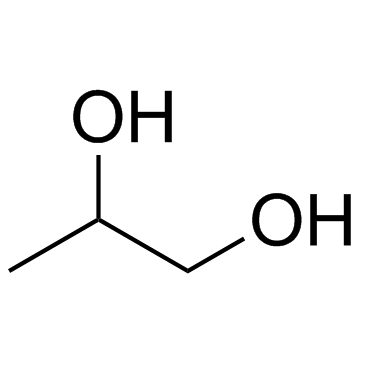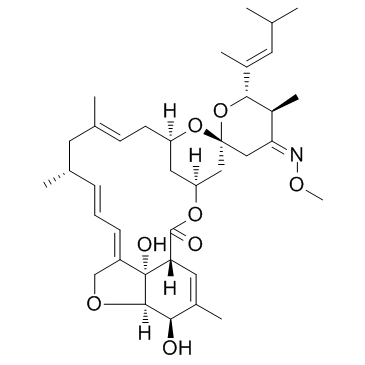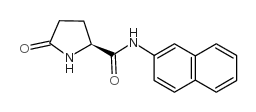| Structure | Name/CAS No. | Articles |
|---|---|---|
 |
Ethanol
CAS:64-17-5 |
|
 |
Dimethyl sulfoxide
CAS:67-68-5 |
|
 |
L-Glutamine
CAS:56-85-9 |
|
 |
Propylene Glycol
CAS:57-55-6 |
|
 |
1,4,5,6-Tetrahydropyrimidine
CAS:1606-49-1 |
|
 |
Moxidectin
CAS:113507-06-5 |
|
 |
L-pyroglutamic acid beta-naphthylamide
CAS:22155-91-5 |
|
 |
1,3-Propanediol
CAS:504-63-2 |
|
 |
8-Octanoyloxypyrene-1,3,6-trisulfonic acid trisodium salt
CAS:115787-84-3 |